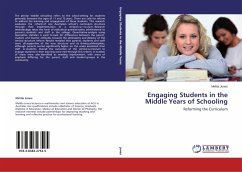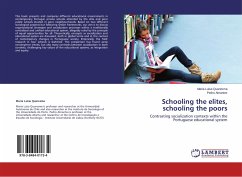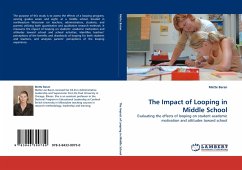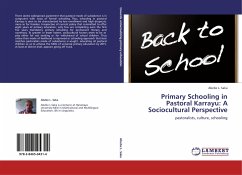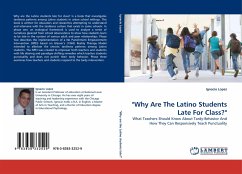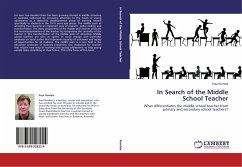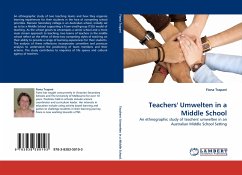The phrase 'middle schooling' refers to the school setting for students generally between the ages of 11 and 15 years. There are calls for reform to address the learning and engagement of these students. This research evaluates the reform of one Australian school s curriculum structure through their implementation of a vertical curriculum. Research methodology takes the form of attitudinal questionnaires administered to parents, students and staff in the college. Quantitative analysis using descriptive statistics is used to look for differences between the parent, student and teacher attitudes towards the philosophy and delivery of the vertical structure reform. Results revealed that parents, students and staff were all supportive of the new structure and its driving philosophies, although parents scored significantly higher on the scales examined than staff or students. Overall the outcomes of the vertical curriculum to engage students in their learning were met through this reform. A number of areas were also identified as needing improvement, with areas of emphasis differing for the parent, staff and student groups in the community.
Bitte wählen Sie Ihr Anliegen aus.
Rechnungen
Retourenschein anfordern
Bestellstatus
Storno

